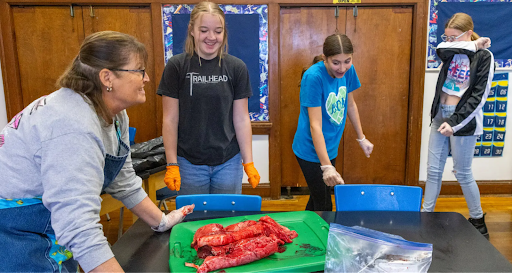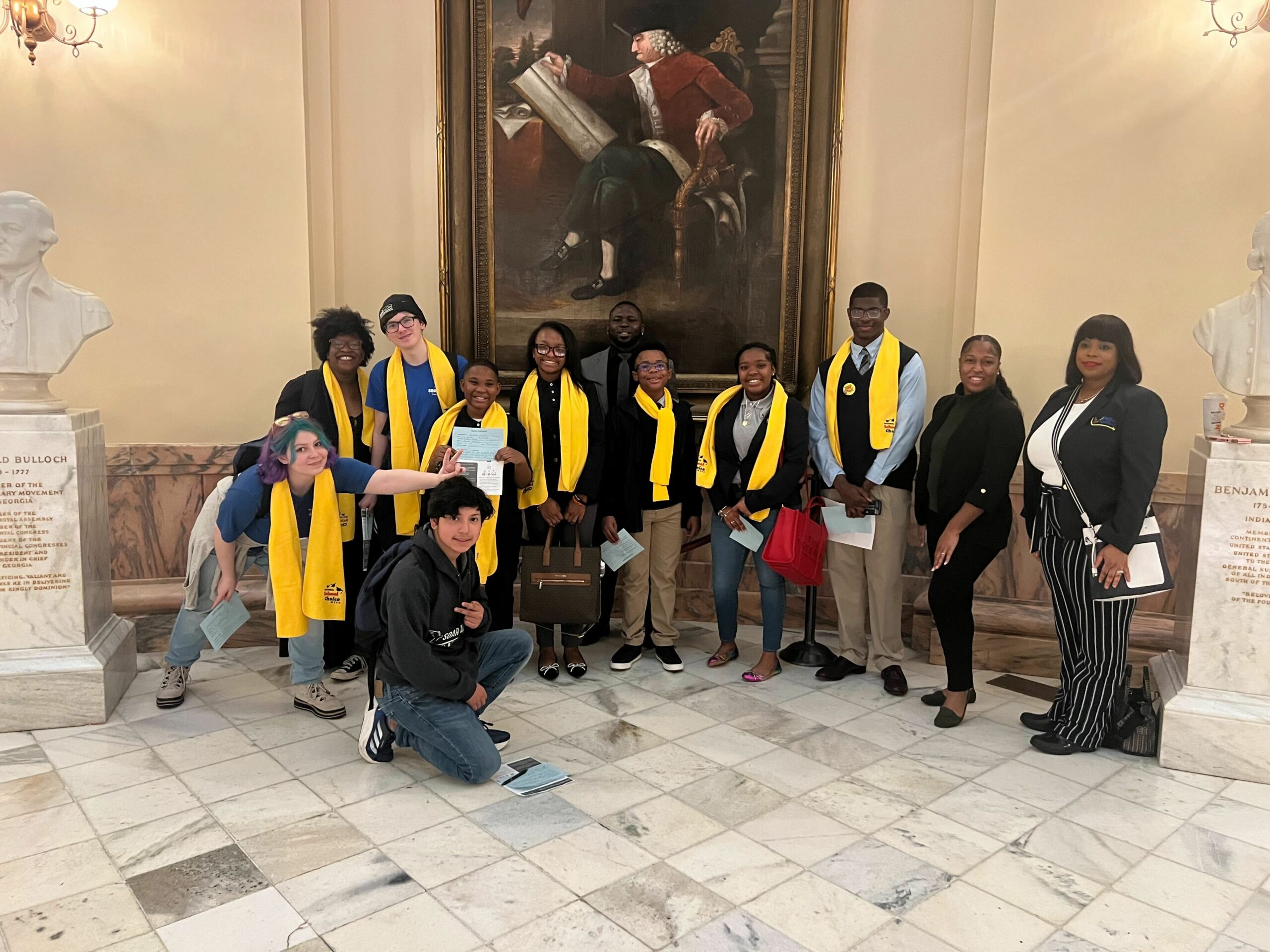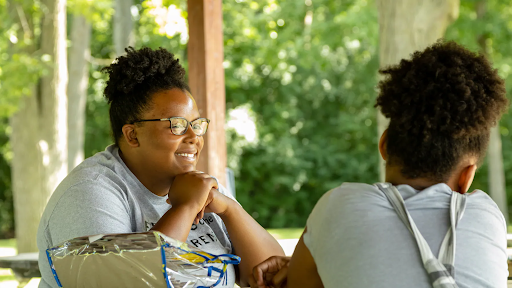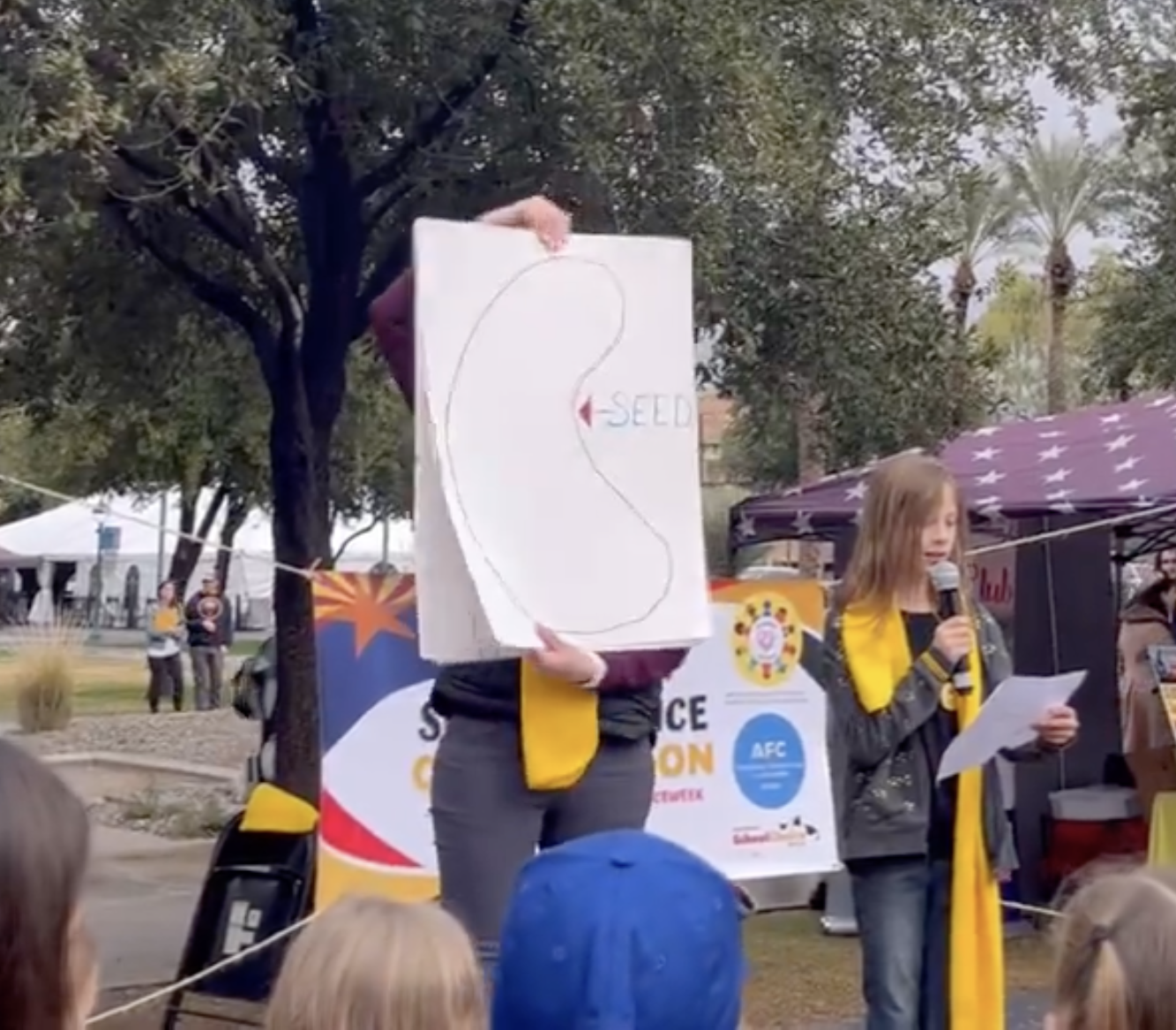Jump to: Top Tasks | From the Field | Key Resources | Moments of Resilience
It is week 178 of our new reality and in the spirit of all the children returning back to a new school year, we are embracing the possibility of a brighter future ahead.
The best way to aim high without losing touch with reality is to build upon what’s working. We were reminded of this last week by Emily Oster’s project tracking how state achievement levels are rebounding after the pandemic. It showed that Mississippi and Tennessee have fared particularly well during this recovery period, a pattern also seen in last year’s NAEP data. For example, on the 4th grade math 2022 NAEP, Mississippi and Tennessee were #1 and #2 in the country on gains since 2011 in the percentage of students scoring proficient or above in an environment where only six states avoided falling backwards during that time. In fact, on the 8th grade math NAEP, Tennessee was the only state that made progress since 2011.
Mississippi’s work on early literacy has started to receive some long-overdue attention. Yet, Tennessee’s progress continues to be overlooked in a media environment drawn to everything except stories about achievement.
SUBSCRIBE
Historically a leader on education reform, since the start of the pandemic Tennessee has shifted into overdrive in its push to put students first. That includes moving quickly to make in-person learning available to every family that wanted it in fall 2020, using federal funding to offer free tutoring and free summer learning programs for families in early 2021, dramatically reforming its education funding system in 2022 to provide $750 million in additional funds aligned to student need and in support of a robust school choice system, and in 2023 it created a permanent fund for charter school facilities, expanded its ESA program to new students, mandated that students who are retained a grade be given a tutor, and made summer learning a permanent feature of its education system. Along the way it has invested in high-quality materials and evidence-based instruction and supported a clear and unambiguous high-bar for every student at a time when transparency and accountability systems are being watered down or dismantled in states across the county. And it achieved one of the lowest absenteeism rates in the country.
Building the will to do more starts with putting a spotlight on how much is already being done in states like Tennessee that can be replicated everywhere when we believe in better.
Last week, we reflected on the importance of bipartisanship, spoke with 74 Million reporter Linda Jacobson on her 10-month investigation into how ESSER funds were spent and looked into Available To All’s report on the criminalization of address sharing.
This week, we’re opening the doors for a conversation on high school by highlighting an innovative district embracing a world of open and connected learning and a promising new initiative in Colorado to invest in more models that reimagine high school.
TOP TASKS
Give teens the opportunity to craft the education of their dreams
“PXU City HS has no physical site — its 83 students create custom programs, choosing from a menu of some 500 options from Phoenix Union High School District’s bricks-and-mortar schools; its online-only program, internships; jobs; college classes; and career training programs,” reports The 74 Million’s Beth Hawkins. “A Camaro enables Dominguez to navigate this dizzying array of choices. When school starts up next week, every morning she will drive five miles to a high school in the city’s redeveloped Midtown district for two hours of classes. By 10:30, she’ll head home for lunch and log on to the few courses she needs to graduate. By 3, Dominguez will be on the road to Surprise, a far northwestern suburb about 30 miles away, where she is enrolled in a dental assistant training program.”
This reimagined high school experience is the brainchild of Chad Gestson, who just ended a remarkable eight year run as Phoenix Union’s superintendent. Chad was previously featured in this newsletter and a video interview after we identified him during the height of the pandemic as a leader who was getting things right for kids. His approach is one worth emulating for giving students access to a world of open and connected learning.
In the Phoenix Union district, high schoolers aren’t being shuttled from classroom to classroom on a preordained schedule but instead are making active choices framed around the life they want to live. While Gestson’s leadership was the driving force of the shifts, he was freed to innovate by laws that were the culmination of countless hours of advocacy. “Most large-scale efforts to get rid of seat time and the bell schedule — the system where everyone moves in lockstep through a standardized sequence of in-person classes, regardless of their interests — run into a thicket of red tape,” Hawkins writes, “Gestson’s decision to go bolder got a boost from the Arizona legislature, which freed school systems to innovate.”
And while the new approach to high school is still in its infancy, Hawkins reports there are already results: “Last fall, PXU surpassed its highest single-day enrollment in over a half-century. On state report cards, the district has more A- and B-rated schools than ever before and, for the first time, none rated D or F. ‘The pandemic gave us an entree,’ says Gestson. ‘It enabled us to go to a system with no limits.’”
THE TASK OF THE WEEK IS
Follow the lead of Colorado by investing in workforce skills that matter
“Colorado is one of the most educated states in the country, yet the state’s workforce is struggling with a talent shortage,” writes Hannah Metzger for Colorado Politics. “There are two job openings in Colorado for every one unemployed worker, according to state estimates …Polis and other speakers on Thursday said they want Colorado’s youth to fill those jobs. But they’ll need help to become qualified.”
Earlier this year, the Centennial State’s legislature provided one piece of the puzzle by passing a $44 million package to fund free apprenticeship programs in fields that meet the state’s growing needs, including nursing, early childhood education, elementary education and forestry at community, district and technical colleges.
At the “Unlocking Pathways Summit” held earlier this month, state, local and federal leaders explored what else needed to be done to reimagine high school and beyond for a changing world. “We are moving towards a skills-based economy,” Gov. Jared Polis said at the summit. “There is still a mismatch of skills between those who are unemployed and seeking work, and all the great jobs that are out there.”
Colorado’s efforts address a portion of what Secretary of Education Miguel Cardona called the high school of the future, which sounds remarkably similar to the Phoenix Union City High School: “The new high school format would offer students personalized career advising; the ability to earn workforce credentials and licenses; dual enrollment so that every student earns at least 12 college credits; and work-based learning that allows students to spend school days working in apprenticeships.”
The Department of Education announced a much smaller national grant package to encourage shifts to personalized high school, at $25 million spread out across a number of states. The idea is right, but dramatic shifts in what we offer students for their high school experience will require substantially higher funding to incentivize businesses and civic organizations, transportation for students and for districts to rethink logistics and operations.
THE TASK OF THE WEEK IS
FROM THE FIELD
CarolinaCAN Executive Director Marcus Brandon secured a victory last week when the North Carolina general assembly overcame Governor Cooper’s veto of House Bill 219. The bill allows for counties to fund facilities projects for charters, and gives charter schools the opportunity to utilize county bond ratings for their projects, resulting in savings of tens of thousands of dollars of finance fees.
JerseyCAN released a report entitled “Leveraging Literacy” which focuses on lagging reading scores in the wake of the pandemic and suggests a range of policy solutions, including high-quality instructional materials and refocusing educator training on the science of reading. “Our literacy outcomes in the state of New Jersey are not ok but we can do something about it. That will be the path to educational recovery and prosperity,” says Executive Director Paula White.
Key Resources
A new report from Brookings Institute suggests that districts need a deeper understanding of how their community feels on politicized issues and clear guidance for principals and educators on handling parent complaints.
The American Enterprise Institute’s Rick Hess interviews Michael Lehan, who played six years in the NFL and is now the founder of a private school built for student-athletes.
Rand is out with a study on published benchmark assessments, finding that they are utilized by 99% of K-12 schools and there is an opportunity for districts to better align curricular materials with benchmarks.
Achievement levels at Washington DC’s schools are up from last year’s results but still below the pre-pandemic numbers, the Office of the State Superintendent notes.
Students assigned to Gen-X or Millennial teachers learn more than students assigned to Baby Boomer teachers, according to a new report at Ed Working Papers.
Fordham explores new research that finds early college high schools, and earning college credit before graduation, has a noticeable effect on the future attainment of a bachelor’s degree.
The 74 Million shares YPulse’s new poll of Gen-Z students, finding that 2 in 5 are less interested in college than they were before the pandemic.
Moment of Resilience

There is no one “back to school” week in the United States, but instead a back to school season that starts in late July and continues into the first week in September. According to Pew Research, at this point in the calendar more than three-quarters of students are back in school. That includes this young student from Richmond, Virginia shared by RVAHub, a local weekly.







